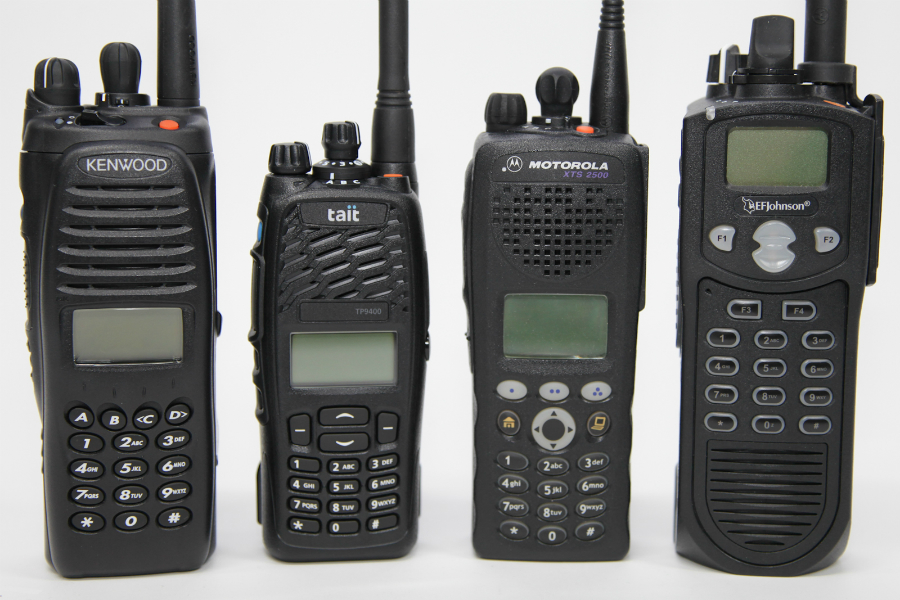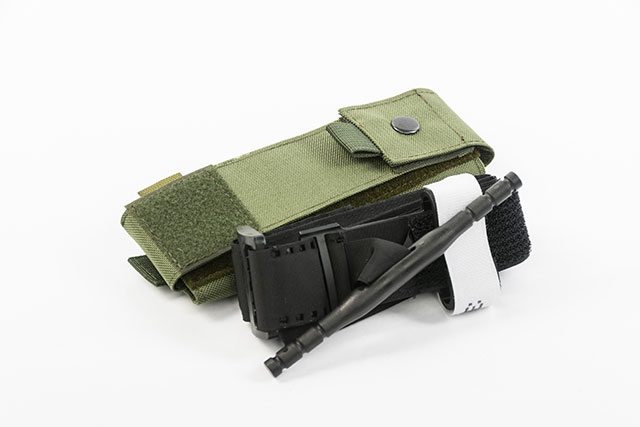U.S. military satellites, as well as those used for civilian purposes like communications, are under threat now more than at any time in the past thanks to an array of advancing weaponry designed to take them out if our country finds itself in another great power conflict on the scale of a previous world war.
As reported by the Washington Times’ national security correspondent, Bill Gertz, the satellites are being threatened by lasers, kinetic anti-satellite weapons, cyber attacks, electronic jammers and other weapons.
Gertz notes that the Defense Science Board, in a recently issued report, is warning that military satellites, and others used for global operations, “will be contested by a myriad of effects ranging from reversible to destructive.”
And frankly, it’s those destructive methods that worry officials most — and it should worry you, too.
“The estimated and projected electronic threats against satellite communication (SATCOM) have rapidly escalated in the last few years and will continue to increase in the foreseeable future,” said an executive summary of the report.
“Advances and proliferation in advanced electronic warfare (EW), kinetic, space, and cyber capabilities threaten our ability to maintain information superiority,” and that “under severe stress situations, jamming can render all commercial SATCOM and most defense SATCOM inoperable.”
It adds: “This reality should be considered a crisis to be dealt with immediately.”
Hyperbole? Hardly. This is absolutely a real thing.
As the Defense Science Board report noted, Chinese President Xi Jinping announced major military reforms for his country in April — reforms that include a much bigger focus on electronic warfare systems that would help transform the People’s Liberation Army into an “indestructable combat force” by 2020.
Russia is also working to upgrade its systems. Also in April, the board noted, quoting Russian media, Moscow’s Electronic Warfare troops were making preparations to attack and disable American weapons systems “without firing a shot,” the Vesti online news portal reported, according to board.
“Our REW troops can detect and neutralize any target from a ship’s system and a radar, to a satellite,” said Vesti.
Director of National Intelligence Dan Coats told the Senate Select Committee on Intelligence earlier this month:
We assess that Russia and China perceive a need to offset any U.S. military advantage derived from military, civil, or commercial space systems and are increasingly considering attacks against satellite systems as part of their future warfare doctrine. Both will continue to pursue a full range of anti-satellite weapons as a means to reduce U.S. military effectiveness.
No doubt the U.S. military has developed similar technology. But while we may be able to attack and destroy an enemy’s SATCOM as well, losing ours in the process means that preppers should obtain alternative forms of communication now.
Obviously, without satellites, Graywolf Survival notes, your cell phone isn’t going to be of much use — for talking or for GPS. So what should you do?
Two way radios: The easiest solution here is to invest in a good set of two-way radios. Citizens Band radios are the most common commercial frequencies and there are some good products on the market. These, of course, are designed for short-range communications, but will come in handy for a number of things — patrolling, scouting, foraging or just staying in touch within your own neighborhood. (Related: Read Keeping In Touch When You Bug Out.)
In addition to hand-held radios, you should consider setting up a base model as well — one that comes with an outside antenna at least 30 feet in the air. These will give you much longer range, making it easier for you to make contact with the outside world, so to speak.
Limitations for CB radios, however, is that not a lot of people own them these days. About 40 years ago, believe it or not, they were all the rage, and today truck drivers still use them quite a bit, but the general public does not. Still, they do make a good alternative for short-distance communication between family members and members of your survival group.
Just remember, they run on batteries so make sure you’ve got a way to keep them charged. Solar panels and rechargeable batteries are a combo possibility.
Ham radios: These are the best for emergency communications, as Graywolf Survival notes, because it is used by MARS (Military Auxiliary Radio System) and ARES (Amateur Radio Emergency Service). Also, a number of search-and-rescue groups use them.
There are a number of emergency frequencies available on ham radio, too.
However, you need a license to operate a ham radio, and though they’re easy to get, they do require some studying, nonetheless. Check out Graywolf Survival’s extensive article on ham radios and why they really are the best choice for emergency communications.
Just know that in a global emergency, U.S. satellites are likely to be targeted by our enemies. Get a back-up communication plan ready now.
Stay informed at OffGrid.news and Homesteading.news.
J.D. Heyes is a senior writer for NaturalNews.com and NewsTarget.com, as well as editor of The National Sentinel.
Sources include:
GraywolfSurvival.com
Bugout.news





























